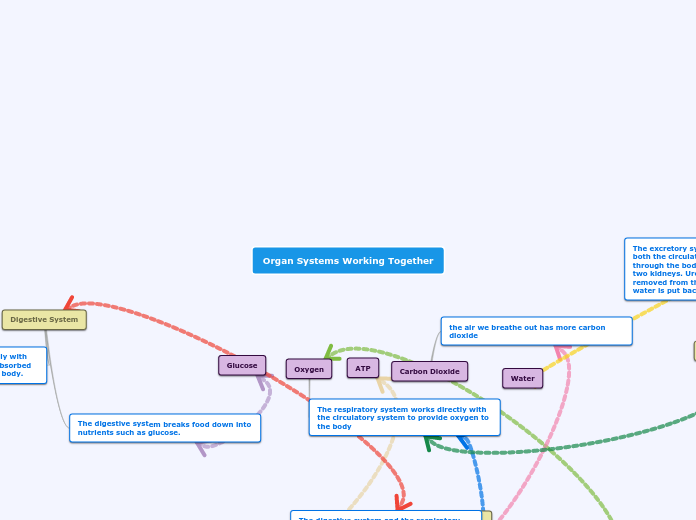Energy Sytems and Energy Sources
Myoglobin
a protein oxygen storage unit that delievers oxygen to the muscles
fast twitch muscle fibres are low in myglobin and more
adapted to short bursts of energy
slow twitch muscle fibres are high in myoglobin and ideal
for endurance
Muscle Fibre Types
fast twitch muscle fibre
much better for short distances rather than long distances, the opposite of slow twitch
More pale in colour
Type 2B fibre
high levels of enzymes required
quick conctractions requiring oxygen
share oxygen
Type 2A fibre
allows high speed release as well as glycotic capacity
Muscle fibres are the immediate type muscle fibres
slow twitch muscle fibre
Type 1 fibre
primarily depend on aerobic processes
fatigue resistant
Generate energy slowly
much better for long distances rather than short distances
able to maintain a lower level of tension for
longer distances
there are dark or red in colour
Metabolic Pathways
Cellular Respiration (Areobic)
requires a large amount of oxygen
Long duration
120 seconds (2 minutes) or longer
36 molecules per molecule of glucose
complete breakdown of glucose
Glycosis (anaerobic lactic)
involves the partial breakdown of glucose with lactic
acid as a byproduct
2 molecules of ATP for every molecule of glucose
doesn't involve any oxygen
15 seconds - 3 minutes
it allows longer bursts of energy
short bursts for longer periods
ATP-PC (anaerobic alactic)
- yields enough ATP for about 10-15 seconds of
strenous effort.
- this system is referred to as alactic because the
ATP-PC system does not yield lactic acid as a
byproduct
- the first pathways and also the most simple
- it allows for quick and intense muscle
contractions
Energy Systems
Anaerobic
- One not involving the breakdown of
glucose
- The other involving the partial
breakdown of glucose
- occurs without the requirement
of oxygen
- It occurs in two separate metabolic
pathways
Aerobic
- Involves many enzymes and
several complex sub-pathways
- Leads to the complete break-
down of glucose.
- Requires oxygen
Nutrients
- Carbohyrates are the most important
source of energy
- the most abundant
organic substances in nature, and they
are essential for human life.
- The main functions of carbohyrates are
to provide materials to build cell membranes
and to provide energy use for cells.
- Nutrients are chemical substances obstained from food
- They supply energy, regulate celllalr activity, and also
builld and repair tissues.
Three key nutrients
Carbohydrates
Protein
Fats
ATP
- broke down of fuels molecules, proteins, fats, and
carbohydrates.
ATP is a molecule that provides energy for cellular processes
in the human body.
- broke down of fuels molecules, proteins, fats, and
carbohydrates.
- There is 36 molecules of ATP, and there's three different
processes that work to split ATP
Energy Sources
Glycogen, fats, and proteins
broken down to produce ATP during exercise
produces energy during exercises
long periods of time
Glucose
produces energy quickly
broken down ijnto pyruvate
then converted to lactate
used as an energy source for the anaerobic lactic system
Creatine Phosphate
produces quick and short lasting energy
used as an energy source for the anaerobic alactic system









